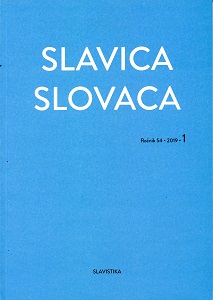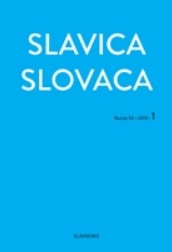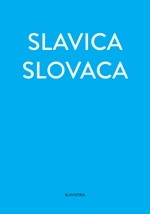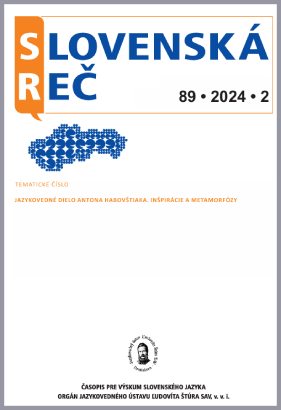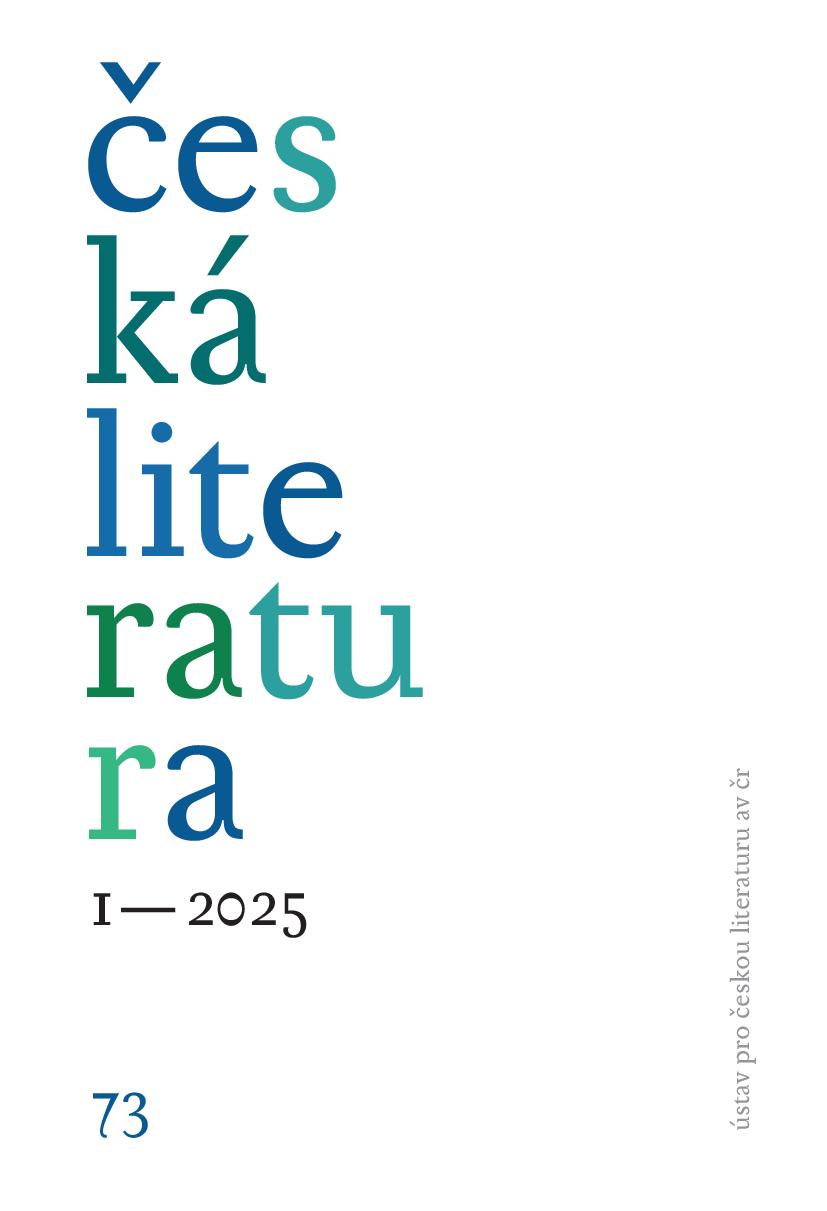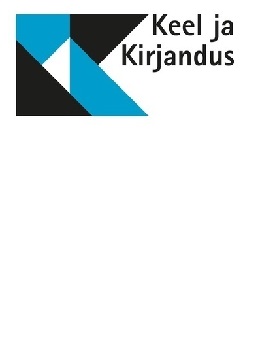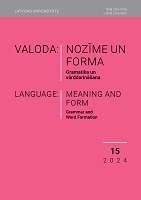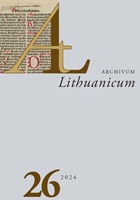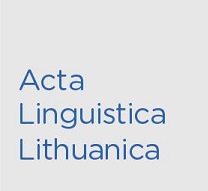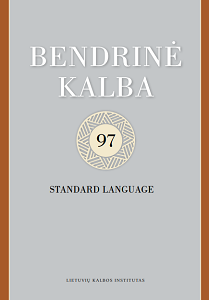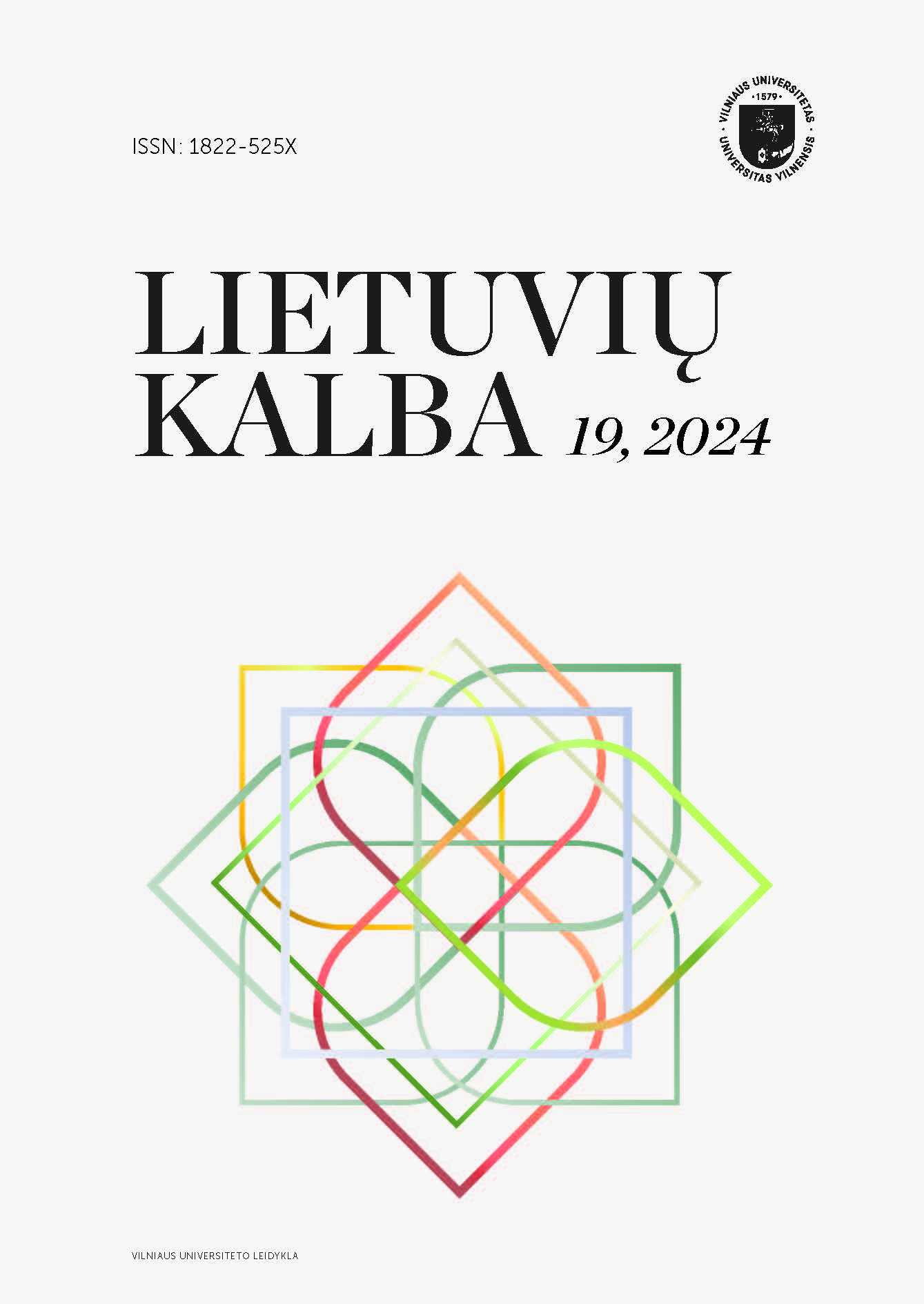Author(s): Mariam Koberidze / Language(s): Georgian
Issue: 11/2024
Ethnolinguistic studies are of special importance in the study of the relationship between language and culture, the peculiarities of the perception of the world by different ethnic groups. The purpose of the article is to describe and contextually analyze the content and form aspects of the ethnolinguistic term "Tsuli". Ethnological and linguistic aspects are reflected in the mentioned term, which are confirmed in dictionaries of the Georgian language and clarified and filled with additional content in ethnolinguistic texts. In the texts and dictionaries of the ancient and modern Georgian language, "tsuli" refers to son, son, man, and related terms can be found: tsulaki-nephew; tsulebrivi - gender-male, ram, male; sakhlistsuli-born at home, son of a servant; dedatsuli-family; siqaltsule –virginity, purity; sepetsuli-a man of the king's surname, a person close to the king; distsuli- niece, niece son; mepistsuli -princeking son; tsulistsuli-grandson... In the mountains of Eastern Georgia, in particular, in Pshav-Khevsureti, "tsuli" means a son and expressed the relationship between the cross (//khati) and the male member of the community. According to the tradition spread here, the eldest son of the family was considered the protector of the community from birth, and after fulfilling the rule of "satsule" he became the owner of the property belonging to the village. In this rule, the ritual of rolling a naked child under the age of one year under the flag, which has a corresponding explanation in the ethnographic literature, is particularly noteworthy: the child's children by the cross. By rolling the child under the cross, the paternal relationship between the cross and the child was established. This act indicates the genetic connection between the cross and the tsul (son): the cross adopted the child and made it his own. In Pshav-Khevsureti, "man" is confirmed as a parallel term for "tsuli", and Akhaltsuli//Akhalkatsi means a newborn male child. "Tsuli" (//shvili) from the lexical-semantic and functional group of the public name by means of affixes to the proper name, the Georgian surnames were created: Tsulukidze, Tsuladze, Tsulukiani, Tsuleiskiria, Tsulaya...
More...
